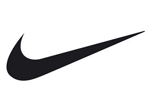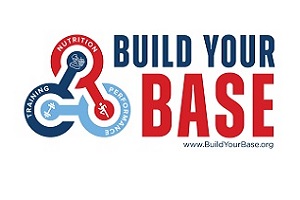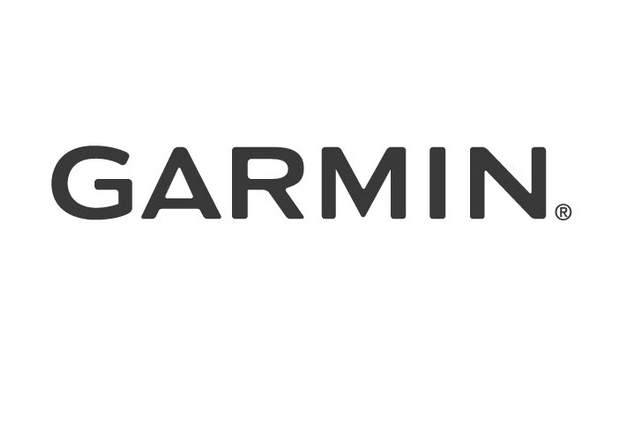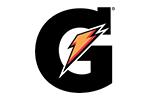THE OLD DAYS
I'm instituting a new column for your enjoyment. Let me explain. We're planning to move. This requires a huge amount of packing, sorting, saving, throwing away, etc. Most of you have been through the ordeal so know whereof I speak.
Stored upstairs are more memories than I could possibly enjoy alone. My old copies of TRACK & FIELD NEWS. I go back prior to the color version, black and white, baby! Also the splendid Junior publication put out by Lionel Peters from Great Britain, Marc Bloom's early New York State yearbooks, a few copies of Long Distance Running and a few other short-lived publications. With my wife Joan downstairs wrapping glasses, it was a wonderful opportunity for me to sit and browse. July, 1997 — GREAT issue! It highlighted the NCAA championships. On the cover, shot of the disputed finish m of the 00 final won by Jim Hines over a very unhappy Charlie Greene with both running 9.3 into a stiff 4.0 wind. WOW! A 9.3 100m? No, it was 100 YARDS! Yes Virginia, they used to run yards. (Ed. Note: In keeping with the rest of the world, we changed to the metric system. Thus, our sport went to meters. BUT, at the high school level, a huge mistake was made. Rather than follow the metric distances to their proper conclusion, the 1500 and 3000 distances, for some moronic reason we went with two NON-events, the 1600 and 3200. Neither had a scintilla of intelligent justification. I was a young high school coach then and can recall the outcry over losing a "…great American distance, the mile…" We can't do that, so we went to the 1600. 'What? 1600m is not a mile.' 'No, but its close,' was the reply. For the sake of tradition, the NSSF has always run the full mile and two mile in our national championship meets.)
Also on this memorable cover, a shot of a new world record in the mile, 3:51.1 by Kansan Jim Ryun with Oregon's Jim Grelle edging one Dave Wilborn, 3:56.1-3:56.2. Back in the pack, 7th, a high school kid from New Jersey, Marty Liquori, 3:59.8. I was at that meet in Bakersfield. Immediately after the race I went over to a collapsed Liquori. He recognized me and gasped, "What was my time?" Back in those days we had eight or so men with stopwatches who conferred after each race and decided who'd run what. You approached them at risk of your life. My watch read 3:59.9, too close to tell the kid he's done something historic and then see him crushed when he found out I was wrong. I told him I'd missed it (the race time.)
I don't have room to go over every event so please forgive me in advance. But the 220 deserves mention. Bud Winter had a terrific youngster, Tommy Smith, who wanted to concentrate solely on this race. Winter went along with the kid's request, scratched him from the 100 and withdrew his mile relay. Smith was ready. One problem, a problem named Lennox Miller. Rather than give you my version of the race, let me quote from T&FN's Dick Drake, who covered the meet. "The final found Miller out with a superb start and running well on the curve, while Smith had his worst start of the meeting and not a spectacular turn run. Coming off the curve, Miller had Smith by two feet. Unlike his trial races, Smith had to blast the entire straightaway to return still another 20.2. It wasn't all that necessary for he easily overtook Miller and won by two feet."
Notes: Lennox (Miller) became the second fastest one-day doubler with his 9.2 — 20.5 trials on Thursday. Only Jim Hines 9.1 and 20.4 is better. Back in 6th place, Orin Richberg, Kent State, 20.8.
The Three and Six Mile events were won by Gerry Lindgren, 13:47.8 — 28:44.0 with not too much trouble. I mention them due to a couple of others in the fields. Oscar Moore is notable since he defied one of the stereotypes of the day, black athletes couldn't run distances. (Kenya had not been discovered at that time.) Moore took fourth in the short race and silver in the long version. Tom Heinonen grabbed third, 29:28.8 while another kid also doubled but with not too much success. However, he went on to make a name for himself within the sport, Amby Burfoot, 9th, 14:20.6 and 7th, 29:48.0.
The 120 Hurdles saw a terrific effort and a tragic injury. Richmond Flowers clocked three fine into-the-wind performances, 13.6 — 13.4 — 13.4 but didn't take the final! The injury befell Bill Roe. Wasn't he the head of USATF for several years? Yes. BUT Virginia, there are more than one Bill Roe's in the world. This Bill Roe was a teammate of John Hendershott at the University of Washington. How do I know? I called T&FN and spoke with John. I thought I had a sensational angle! FORMER USATF PRESIDENT BROKE HIS LEG AT THE 1967 NCAA's! Thanks to my buddy JH that's a mistake I avoided. The Bill Roe with the broken leg is a dentist today and I hope he sees this article. The winner of the 120H went on to become a pretty good footballer, one Earl McCullough. Many thought McCullough caught a flyer but starter Tom Moore, one of the best ever, stated emphatically, "The start was fair. All the runners were set and none jumped" But, there are still some of us old guys who will swear…Of course, that couldn't happen today with the modern starting blocks that can catch a house fly landing and taking off. Ain't progress wonnerful!
There was another footballer in that meet, a USC soph who ran a credible leg on the 440 relay. Drake described his run thusly, "O.J. Simpson received and passed the baton well, handing Lennox Miller a huge lead…" Let me tell you my OJ story. We were at the Olympic Trials in New Orleans and Marion Jones made the team as an alternate on the short relay. But her Mother wouldn't let her go to the Olympics. Jim Spier and I immediately thought she should go to the trials and make the World Junior team. But, this was in the very early days of the NSSF and we had no money. I flagged Simpson down as he was about to enter the broadcast booth. Quickly, I explained who I was and that we wanted to send Marion and Zundra Feagan to the Juniors. He never hesitated, "Call my office tomorrow and tell me how much you need." Needless to say, Marion and Zundra got to the trials where both made the team.
In the high jump, Dick Fosbury earned this comment, "…Oregon's Dick Fosbury, who wowed the fans with his unique backward role style, took fifth at 6-10…" While we talked, Hendershott recalled going to the old Athens Invitational in the Oakland Coliseum the following indoor season. He remembers, "He cleared 7' and the crowd of about 15,000 went nuts." Can you imagine a crowd of 15,000 today?
My final story within a story relates to Randy Matson, the great "heavie" from Texas A&M. The AD at Matson's school failed to get Matson's entry in on time. Technically, he shouldn't have been allowed to compete. "It was Bill Bowerman, the coach of his (Matson) number one adversary (Neil Steinhauer) who basically got the Texan into the competition. "This is not a hamburger meet," he argued, "He deserves to be in it." Bowerman's wisdom prevailed, Matson threw 67-09.25 and Steinhauer never came close.
I've written my Randy Matson story in an earlier piece but, for those of you who missed it, here it is again. In 1968, in preparation for the Mexico City Games, 8-10 of the top athletes per event were assembled at South Lake Tahoe to become accustomed to the altitude. I was selected to be part of the staff out there. All the other members of the staff were big-time college coaches. Bowerman, my mentor and champion, Yale's Bob Geigengack, Herm Edwards, Ralph Miller…superb coaches all. And me.
Feeling more than a little inadequate, I tried to make up for it by working with some of the greats, one of whom was Matson. One day he asked if I'd watch him work out and make some comments. I was awed! Me and Matson! Well, he threw and I saw something wrong. With virtually every throw I made a negative comment. I was too green to notice that Matson was becoming irked. Finally, he set himself in the circle, crossed with incredible swiftness and unleashed a tremendous throw. I was speechless. It got worse. He turned to me and, in a tone dripping with sarcasm, said, "How was it for distance Coach?" Too late I remembered Johnny Mercer's words, "You gotta accentuate the positive, eliminate the negative…" That's how one learns humility, the hard way.
The big names in high school track in 1967? Hurdler Bill Tipton, shot putter Karl Salb and NY'er Joe Kurzrok came away from the Golden West with high school records. Tipton flashed 13.4w and 18.3 for the forgotten 180 Low Hurdles; Slab took down Dallas Longs' 69-03 with a toss of 69-06; while Kurzrok took the 330H in 37.3. One of the highlights of the meet was the appearance of Jesse Owens as Honorary Meet Referee. He was greatly impressed by the 9.4w run by Florida's Bill Gaines. Owens was the first prep to run 9.4 back in 1933. Also mentioned in Fran Errota's report, Mark Murro's javelin performance of 247-04 "…which crushed Terry Bradshaw's 243-11 record."
Well, that's it for this Memory Lane effort; our stroll will be back next month. Thanks for reading. Make comments, suggestions, etc to me at fmbyrnes@aol.com.




